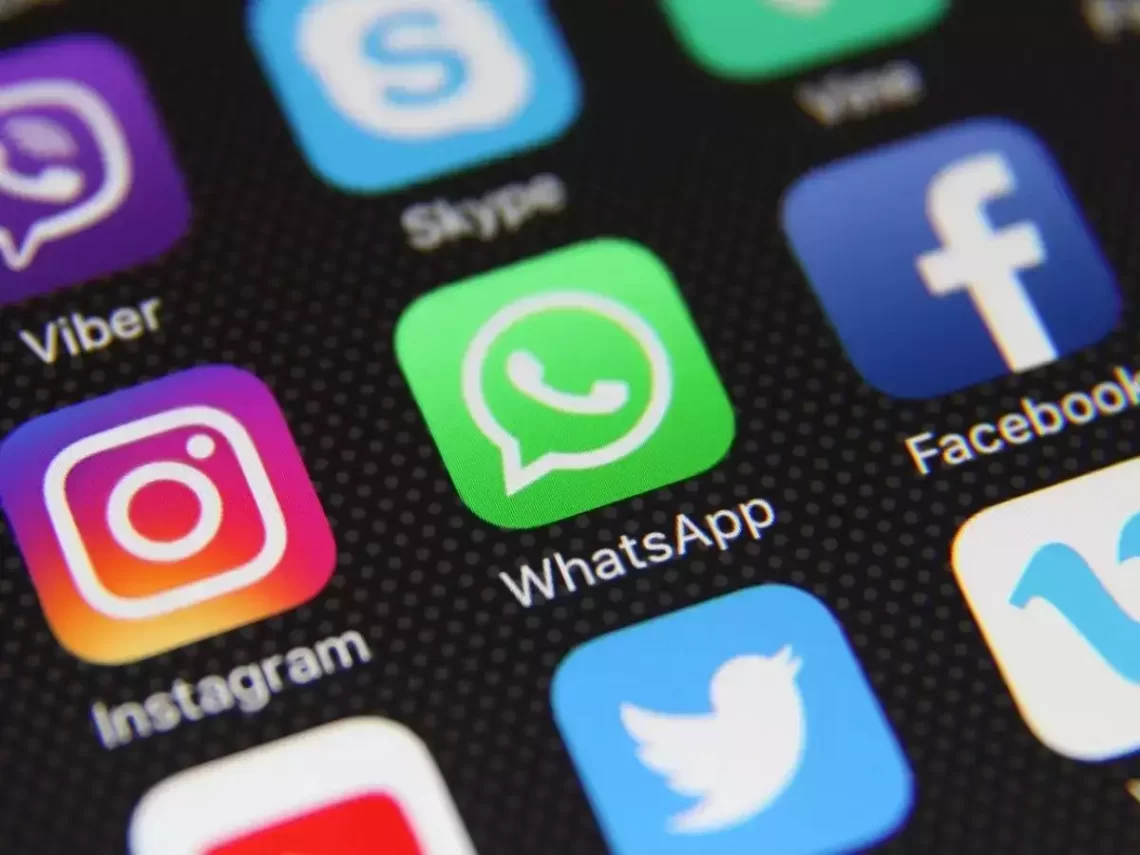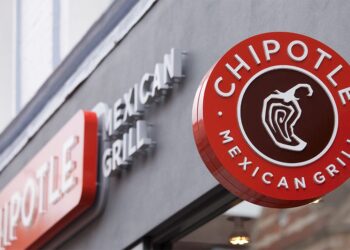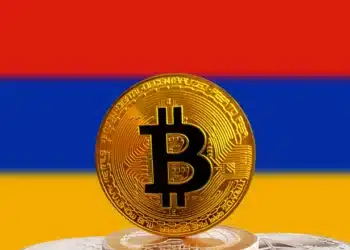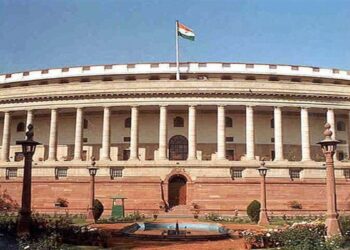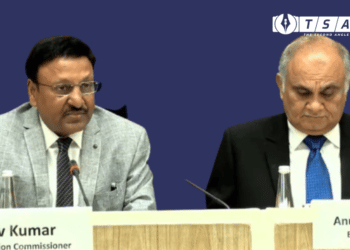According to the report released by Meta Platforms Inc, the mother company of Facebook, on May 31st there has been a rise of around 37.82 percent in hate speech on social media platform Facebook and an 86 percent jump in violent and inciting content on Instagram in April than that of in March. Facebook detected 53,200 cases of hate speech in April, while Instagram acted on 77,000 violence and incitement-related content whereas it was 38,600 and 41,300 respectively in March. The majority of the content was detected by the social media platform itself before the users reported it to them.
The report said “We measure the number of pieces of content (such as posts, photos, videos, or comments) we take action on for going against our standards. This metric shows the scale of our enforcement activity. Taking action could include removing a piece of content from Facebook or Instagram or covering photos or videos that may be disturbing to some audiences with a warning”.
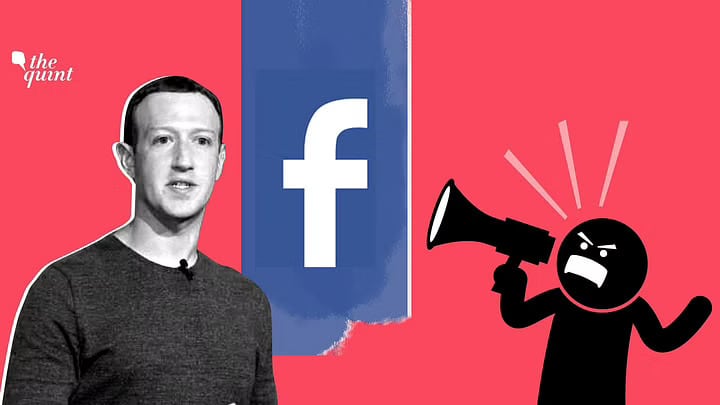
Facebook’s community standards prohibit hate speech and violent threats against people based on beliefs and appearances, but uneven enforcement of hate speech rules allows vile posts to stay up on the social media platform itself. Facebook has an army of 7,500 censors who are known as content reviewers who decide whether to allow or remove posts flagged by its 2 billion users. Content reviewers often make different calls on items with similar content and don’t always abide by the company’s complex guidelines.
Even when they do follow the rules, racist or sexist language may survive scrutiny because it is not sufficiently derogatory or violent to meet Facebook’s definition of hate speech. Facebook’s guidelines are very literal in defining a hateful attack, which means that posts expressing bias against a specific group but lacking explicitly hostile or demeaning language often stay up, even if they use sarcasm, mockery, or ridicule to convey the same message.
Instagram in their guidelines says they are committed to the transparent working of Instagram by removing content that goes against the Community Guidelines. They are taking stronger action against posts that may contain bullying or hate speech, or that may encourage violence. Furthermore, Terrorism, organized crimes, hate groups and offering sexual services are not allowed on Instagram.
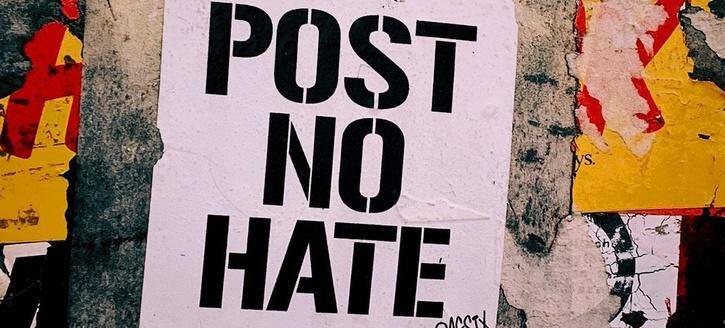
Instagram may remove photos and videos that show intense, graphic violence. If shared in relation to important and newsworthy events, and this imagery is shared to condemn or raise awareness and educate, it may be allowed. Still, a very high rise in such content detected by the social media itself before users report it can be an indication of an alarming increase in violent and hate-provoking content on the platform by users.
At the same time, WhatsApp is another social media platform managed by Meta platforms in which 16.66 lakhs of Indian accounts were prohibited in April. With the ‘report’ feature users can give negative feedback about an account and as an action against it, the accounts get blocked. Another 122 accounts were also blocked because of the complaints given by the users. In March, WhatsApp blocked about 18 lakh accounts.
According to a previously released annual study of Microsoft, “Civility, Safety, and Interactions Online – 2020” along with findings from its 2020 Digital Civility Index (DCI), it was clear that hate speech was one of the main online risks for Indian users. Hate speech has doubled from 2016 to 26 percent. There has also been a 5 percent increase in hoaxes, scams, and frauds from 2017 to 22 percent, and a 6 percent increase in discrimination since 2016 to 16 percent, as per the report. In India, lynch mobs and other types of communal violence, in many cases originates from rumors on WhatsApp groups.
The intractable increase in hate content on social media platforms is nothing but a reflection of the worsened political climate in our society. Confronting this trend of spreading hate online often gets twisted into pointing fingers toward freedom of speech. Social media conveys a magnified image of societal trends and the political atmosphere. Nearly one-third of the world’s population is present on Facebook alone. People who have a view that comes in line with violence, racism, misogyny, terrorism, homophobia, and other toxic behaviours would find social media as a very suitable stage to perform their play. Social media platforms can make outreach to an unbelievable extent with any content that satisfies the majority’s ego.
Also Checkout: Prithviraj Chauhan: How much story and how much history?


